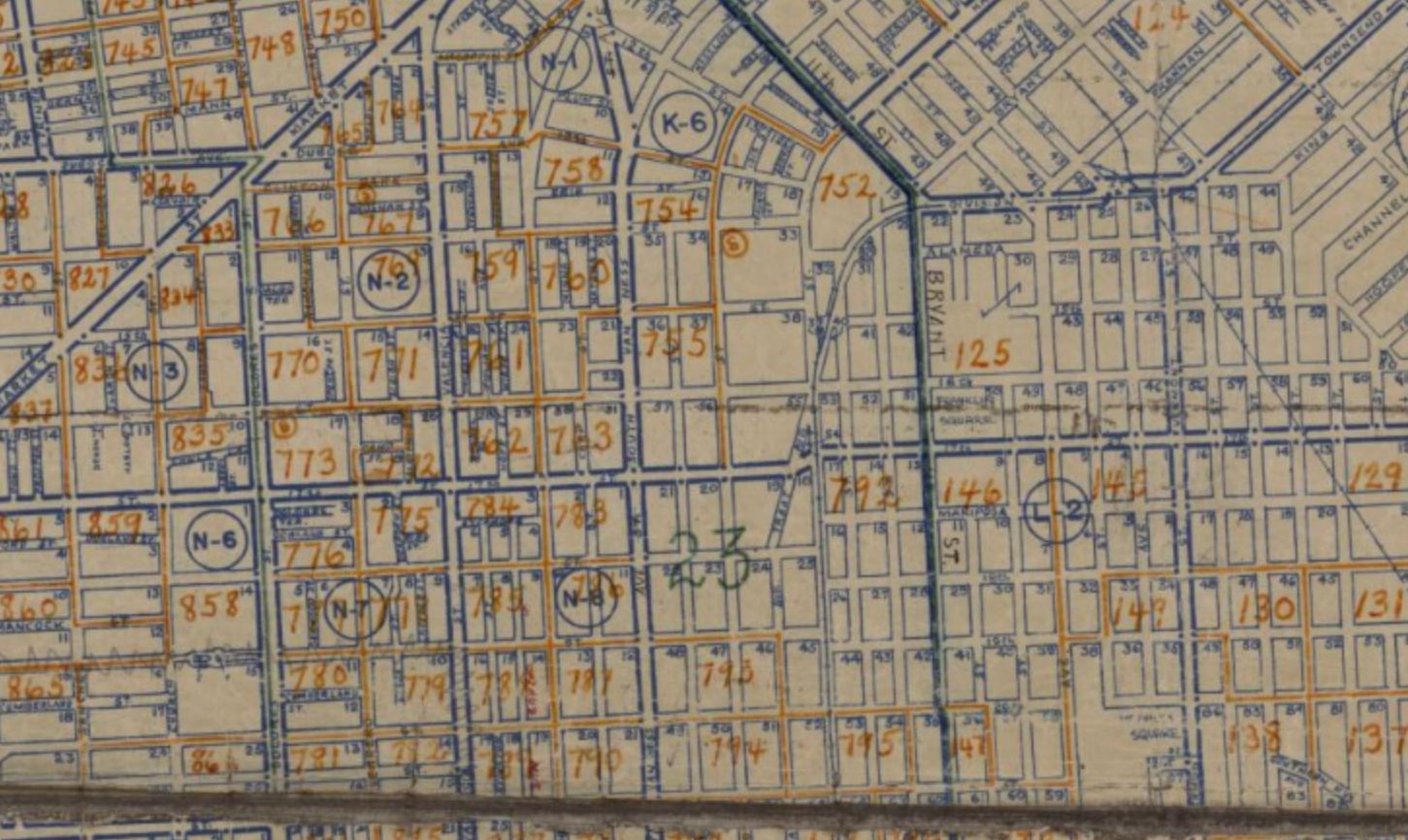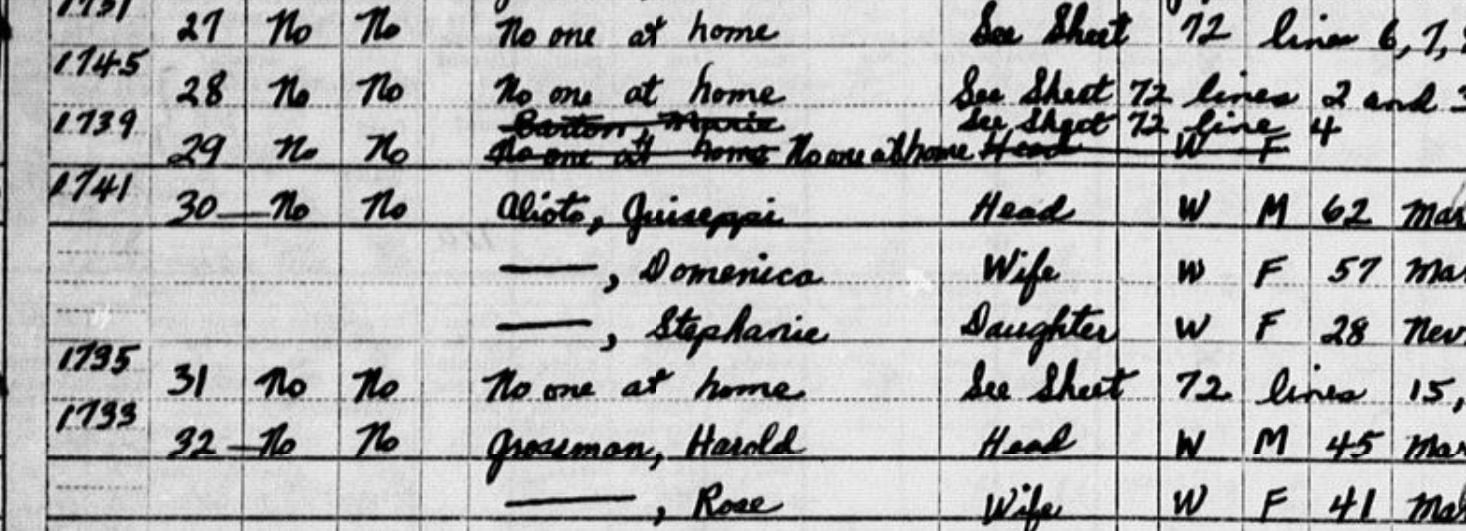Ever been curious who lived in your house or apartment 72 years ago? Want to know how your grandparents or great-grandparents responded to census-taker questions when they came around in 1949 or 1950, or who their neighbors were at the time? Well, you're in luck.
Genealogists, history buffs, and general census nerds have been looking forward to this day for years. It's the day the National Archives unveils the slightly more personal, house-by-house enumeration records from the 1950 U.S. Census, which have never before been made public.
#advertisement
Back in 2012, if you were keen on this kind of stuff, you might have been aware of the release of the 1940 Census. But ten years on, with better internet and a decade of tech know-how over at the National Archives, we have the 1950 Census now to peruse with searchable names thanks to machine-learning technology.
"This is the Super Bowl and the Olympics combined, and it’s only every 10 years — it’s awesome stuff,” says Matt Menashes, the executive director of the National Genealogical Society, speaking with the New York Times. "What’s so great about these points of data is that it helps you paint a picture — not just relationships, but what society was like."
The federal government, at some point, decided that 72 years was the appropriate amount of time to keep all this information private, and every ten years, the U.S. Census Bureau hands over the paper records they have from each decennial census, seven decades back. The handwritten records, filled in by enumerators doing the footwork in every U.S. city and town, include names, address, and some basic information like ages of everyone in the household, race, gender, birthplace, and occupation.
It's fun to punch in names of ancestors and see what comes up — fair warning, this may require some extra internet footwork on your part and multiple search methods, because the AI isn't exactly perfect and it's been tasked with reading a lot of 1950 enumerators' handwriting, some of which is quite terrible, so the archived name may be a few letters off. (My grandparents' name was misspelled, and I've submitted the correction to the National Archives, but I learned they had a lodger staying with them from Lithuania!)
But it's even more fun just to scan around San Francisco trying to find famous people, or just look up who was living in your apartment, assuming you live in an old building that was there in 1950. My apartment was home to a 27-year-old nightclub entertainer and his wife, I've just learned — and she was 10 years his senior! And the huge, single-family Victorian next door to me that just sold a few years ago for many millions of dollars? It was a total flophouse in 1950 with about 15 lodgers living there.

To start your search if you're an SF resident, head here to locate the Enumeration District (ED) that your block belongs to. Then, once you have that number, head over here and search for that block under the San Francisco population records. See the example below — the street name will be written vertically at the left, with the address numbers in the next column over.

Fun stuff! The above record shows a Joseph Alioto, a fisherman relative (cousin?) to the other Joseph Alioto who became mayor, living at 2619 Hyde Street with wife Rose, and children Anthony, Jackie, Joseph Jr., and Marguerita, age 4. (The other Joseph Alioto would have been 34 at the time of the 1950 Census, and married to Angelina, not Rose, and this Joseph was 47 at the time.) Below is the record I found for Giuseppe Alioto, father of the future mayor, and his wife Domenica, living on North Point Street with daughter Stephanie.



